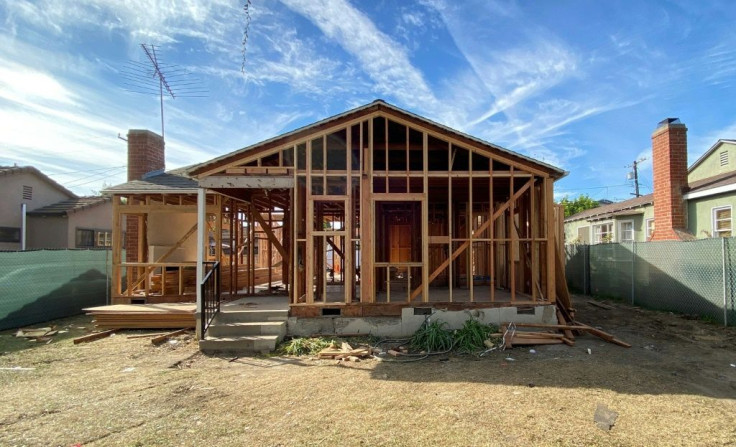Mortgage Demand Rebounds After Labor Day Lull

Mortgage demand has recovered from its post-Labor Day lull and is now at its highest demand since April, according to a new report from the Mortgage Bankers Association (MBA).
The MBA’s seasonally adjusted index showed the total mortgage application volume up nearly 5% for the week. However, the average contract interest rate for 30-year, fixed-rate mortgages with conforming loan balances ($548,250 or less) remains unchanged from last week.
Applications were 2% higher for this week but they were still 13% lower than they were at the same time last year. This shows some level of reprieve after a difficult summer that saw a record housing shortage that was compounded by rising prices.
Joel Kan, MBA's chief economist, told CNBC that the low supply problem and high prices are still present, but "the inventory situation is improving" as more homes come under construction and other homeowners are listing their homes for sales.
Refinance rates for mortgages have also seen some improvement, rising 7% even as it remains 5% lower than where it was last year.
The housing market has been beset by difficulties that both precede and were amplified by the COVID-19 pandemic.
A shortage of workers to build new homes has been present before the pandemic but has persisted through it. The dearth of laborers has made the costs for constructing a new home higher while COVID-19's disruption of supply chains all over the world has raised costs for construction materials.
Pandemic-related demand also pushed up the prices for land as well. In some cases, builders themselves are recognizing the economic picture where demand is too high and that it is unlikely to be met right away. In response, they scaled back construction, reducing supply further.
There are some positive signs that these problems are easing. Lumber, one of the core building materials for new homes, saw a steep drop in price this week from $1,600 to $400, which contributed to a rise in homebuilders’ sentiments towards the market.
On Monday, new results were released by the National Association of Home Builders/Wells Fargo Housing Market Index that reflected this and showed a five-month high for the industry that was driven by the fall in lumber prices.
However, there remains concerns about the affordability of new homes for buyers and the risks posed by rising inflation.





















